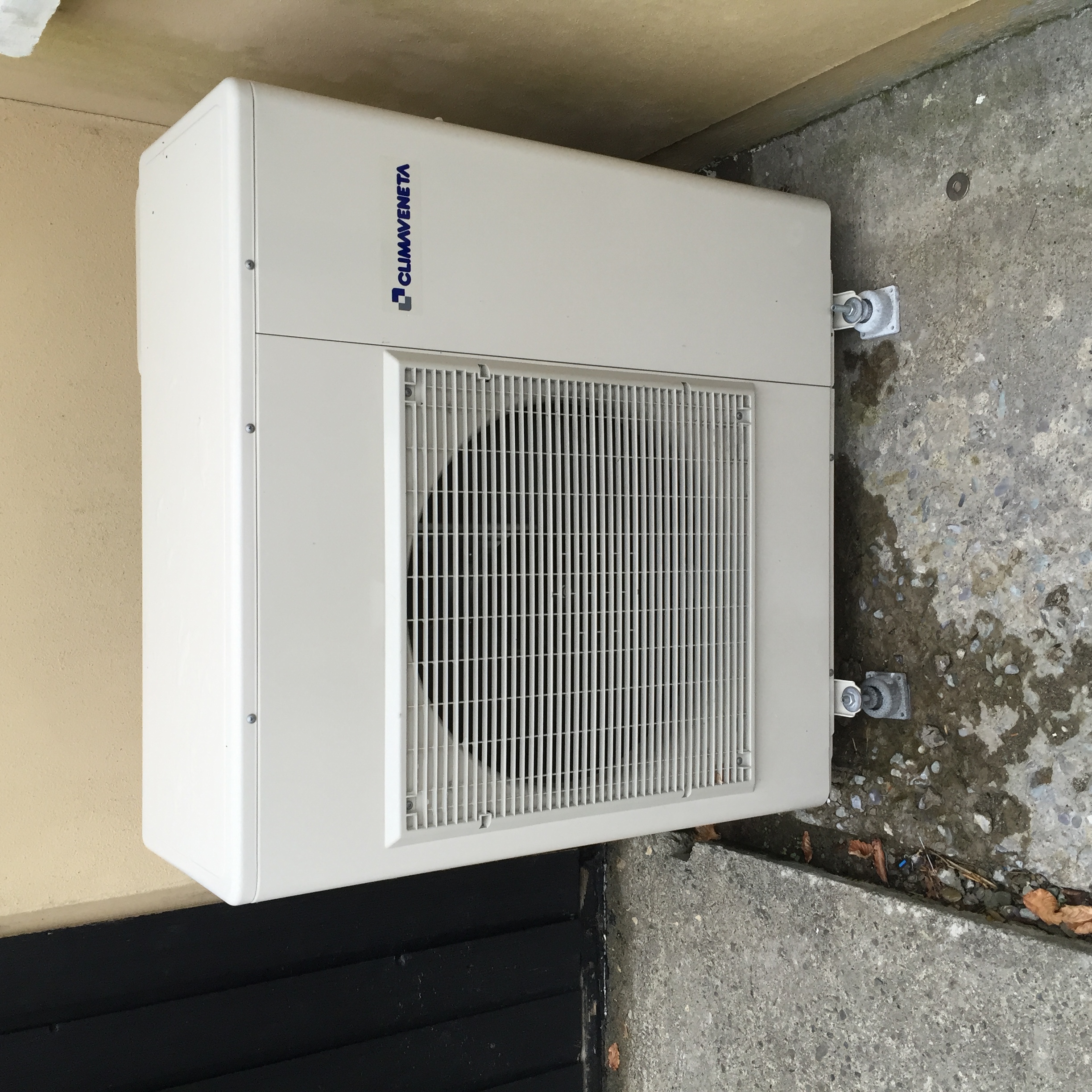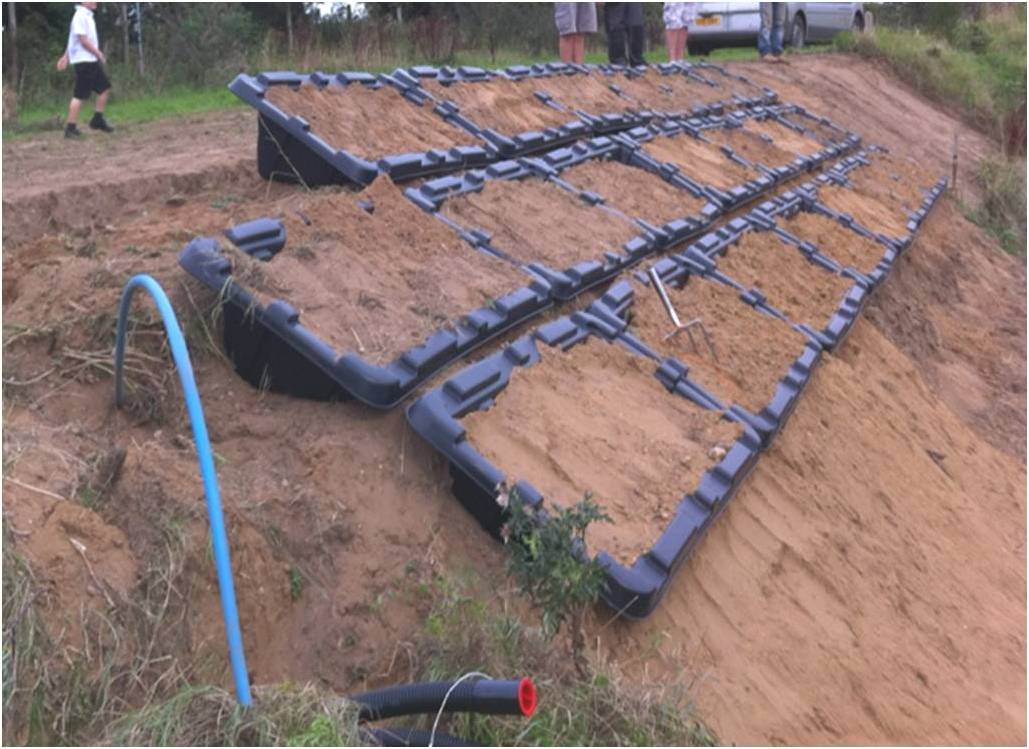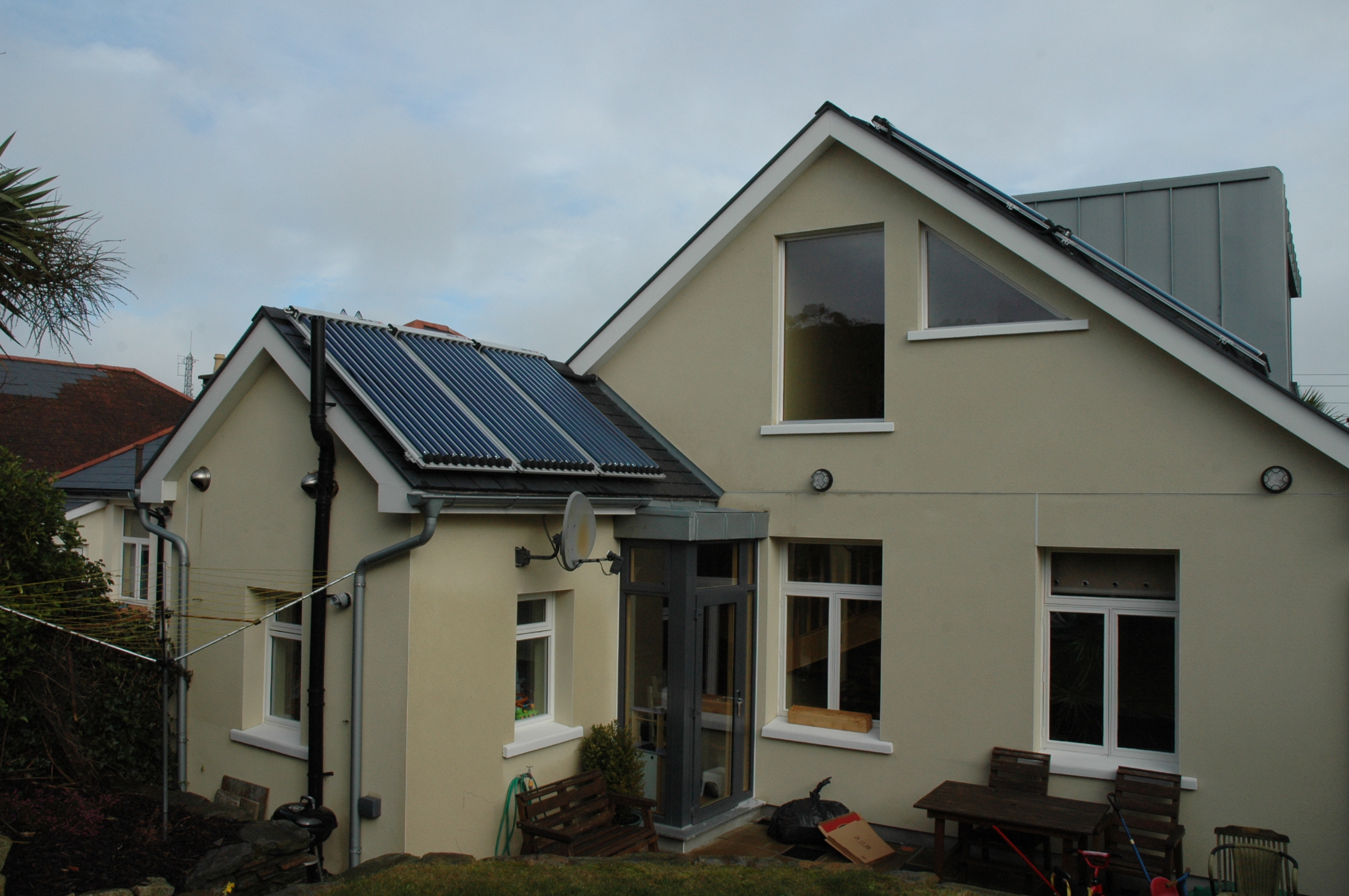How Heat Pumps work
Heat energy flows naturally from a hot place to a cold place.
The main task of a heat pump is to move heat energy in the opposite direction i.e. from a cooler to a hotter place but energy is required to achieve this!
There is a lot of natural energy available in our surroundings which can be tapped into, but in order to do that, we need some way of collecting and moving it to where it’s needed. That’s the role of the heat pump.
There are two sides to a heat pump system:
- Heat Source – for example the ground, air or water
- Heat Sink – where the heat is sent and used
In simple terms the heat pump is the machine which drives this cycle of heat collection and release.
A heat pump is similar to a fridge in the way it works. In a fridge, the heat is taken away from the storage section of the fridge and released at the rear. In a heat pump the process is opposite – the heat is taken from the air, ground and water and released into the building.
A heat pump uses an electric compressor which moves a fluid (called a refrigerant) around in a closed pipe circuit. A heat exchanger takes the heat from the surroundings, transfers it to the refrigerant circuit passing through the compressor, where its emperature is raised. The heat then passes through another heat exchanger, where it is transferred to the dwelling, and the cycle can start again.
Types of Heat Pumps
Electrically driven heat pumps are the most common type of heat pump available with electricity used to drive the compressor. The collector, the heat pump unit, the heat distribution system and the control system all make up the heat pump.
Air source heat pumps use the outside air as a heat source. Air temperatures vary seasonally and moisture content fluctuates also so an air source heat pump will always be at the mercy of the climate. The colder the air temperature, the harder the heat pump must work to lift the temperature up to what is required for heating. Also, as heat energy is taken out of the air, droplets of water can freeze on the heat pump heat-exchanger which then means the heat pump must “defrost” so the cycle can begin again.
For this reason, air source heat pumps are slightly less efficient than their ground and water source counterparts. However this slight loss of efficiency is reflected in costs – Air source heat pumps are typically less expensive to install.
The most common type of air source heat pump used in dwellings is an Air to Water Heat Pump, the water referring to the method of heat distribution, i.e. through an under floor heating system (which uses water).
Other types of air source heat pumps include Exhaust Air Heat Pumps, which are usually fitted to ventilation systems to provide hot water / hot water and heating and Air to Air Heat Pumps, which use the ventilation system instead of water systems such as under floor heating or radiators.



